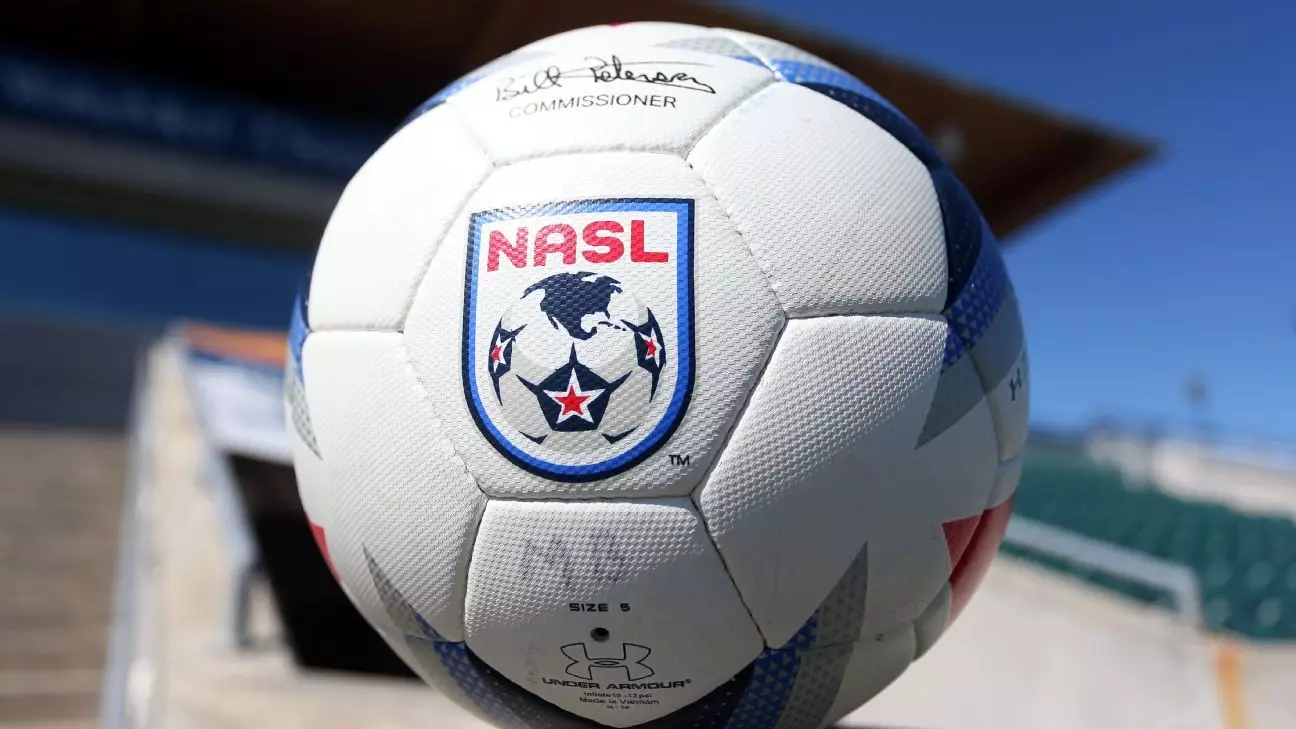In a landmark decision that could redefine the landscape of professional soccer in the United States, a federal jury has ruled in favor of the U.S. Soccer Federation (USSF) and Major League Soccer (MLS) in an antitrust lawsuit filed by the North American Soccer League (NASL). This verdict not only marks a significant win for the USSF and MLS but also concludes a lengthy seven-year legal battle that began in 2017, following the denial of NASL’s application for Division 2 league status.
The NASL, which briefly operated as a second-tier professional soccer league from 2011 to 2017, initiated its lawsuit shortly after the USSF’s policy decision. Initially, the NASL sought a staggering $500 million in damages, a figure later trimmed to $375 million by Judge Hector Gonzalez. The crux of NASL’s argument rested on claims that the USSF’s structures and regulations for professional leagues were manipulated to favor MLS at the expense of competition. The league’s complaint suggested an elaborate conspiracy between the USSF and MLS aimed at stifling competition and securing a monopoly over the soccer market in the U.S.
The trial unfolded over three weeks, featuring high-profile testimonies from key figures including Sunil Gulati, former president of USSF, and Don Garber, the MLS commissioner. The NASL also drew attention by highlighting the involvement of celebrities such as NBA star Carmelo Anthony, who had investments in the Puerto Rico Islanders, and Rocco Commisso, owner of the New York Cosmos. The former Soccer United Marketing executive, Aaron Davidson, also provided testimony, linking the marketing arm of MLS to the management of USSF’s media rights.
In its arguments, NASL accused the USSF of employing “arbitrary criteria” to impose restrictions on leagues not aligned with MLS, asserting that the Professional League Standards (PLS) were designed to systematically disadvantage them. The PLS, they claimed, established unreasonable expectations for team numbers and financial backing, which were, according to them, purposefully altered to ensure NASL faltered.
Defense Position and Jury’s Verdict
Contrastingly, the defense mounted a vigorous argument stating that NASL’s demise was due to its own mismanagement and inability to adapt rather than external suppression. They highlighted the success of other leagues, like the USL, which had grown and thrived while NASL struggled to stabilize its operations. The defense contended that the NASL failed to present direct evidence of a conspiracy, instead relying on circumstantial evidence that the jury found unconvincing.
Ultimately, the jury ruled that there was insufficient evidence to support claims of collusion and conspiratorial behavior between USSF and MLS, declaring the NASL’s legal assertions without merit. This decision brought to a close not only an intense courtroom battle but also affirmed the integrity of competitive dynamics within American soccer.
Upon the verdict, the USSF expressed satisfaction with the jury’s recognition of the claims as unfounded, emphasizing their commitment to a robust soccer ecosystem across all levels. MLS echoed similar sentiments, viewing the verdict as a vindication of its strategic vision for soccer in the United States. Both organizations are now poised to focus on further developing the game, bolstering player growth, and enhancing fan experience.
However, the NASL’s legal counsel, under Jeffrey Kessler of Winston & Strawn, indicated that they plan to appeal, citing what they describe as fundamental errors in the judicial process that potentially skewed the jury’s understanding of antitrust laws. This promise of an appeal adds an interesting layer to the narrative, as it suggests that the battle may not be over, eliciting curiosity about future developments concerning NASL’s fortunes in professional soccer.
This ruling comes at a time of burgeoning interest and investment in soccer across the U.S. The sport has witnessed substantial growth in participation and viewership, aided by events such as the FIFA World Cup and the increasing popularity of MLS. As the soccer ecosystem evolves, competition among leagues becomes crucial for nurturing talent and ensuring exciting matchups for fans.
The verdict reaffirms the USSF’s and MLS’s positions as pivotal players in this landscape, underscoring the necessity for regulatory structures that maintain fair competition while promoting league integrity and stability. As such, this ruling serves not only as a conclusion to the NASL lawsuit but also as a potential blueprint for the future of soccer governance in America, a future that is increasingly viewed as a vital component of the sports industry.
While the NASL may continue to contest the ruling, the current landscape appears more favorable for established leagues. This verdict underscores a significant moment in the evolution of soccer in the U.S. and could refocus the league’s efforts on rebuilding and regaining competitive ground in an industry with ever-changing dynamics.

